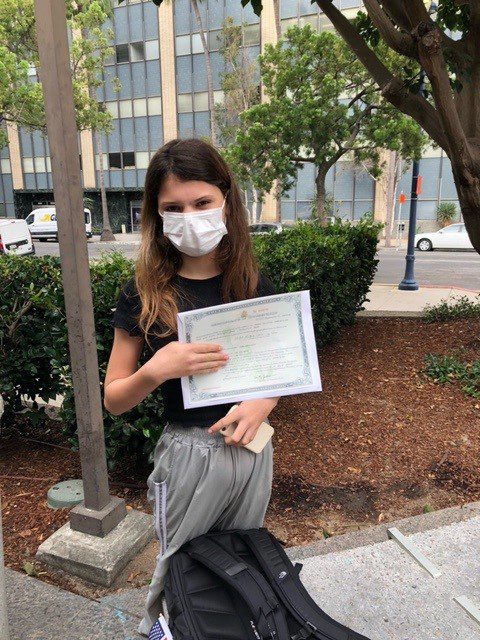People wishing to work in the United States have several kinds of work visas that they can apply for, depending on their situation. There are visas for temporary workers and visas for permanent workers, and visas for specific professions such as agriculture workers and artists. Those who work for a company engaged in international trade between the U.S. and their home country may want to see if they qualify for the E-1 “treaty trader” visa, which is a type of visa for temporary workers. The E-1 visa allows someone from a treaty country (a country that the U.S. maintains a treaty of commerce and navigation with) to work in the U.S. in order to engage in international trade. Because the E-1 visa involves a company/ employer and an employee of the company, there are distinct requirements for the company and for the employee. The requirements of the E-1 visa are outlined below.
The company must possess nationality from a country that the U.S. maintains a treaty of commerce and navigation with (treaty country). This means at least 50 percent of the company must be owned by people with nationality from the treaty country. The company must also carry on substantial trade, trade that is sizable and a continuous volume, and trade that constitutes a meaningful exchange of goods, services, or technology between the U.S. and the treaty country. This trade must be principally between the U.S. and the treaty country. In order to satisfy these requirements, the company must submit documentation of ownership (e.g.: registrar), passports of the owners of the company, evidence of a substantial flow of goods or services (e.g.: invoices, bank records, bills of shipment, catalogs, and accounts receivable ledgers), and the company’s most recent tax return.
Like the company, the employee must also possess nationality from a treaty country, the same country where the company is registered. The employee must be employed in a supervisory or executive capacity, or possess highly specialized skills essential to the successful and efficient operation of the company. In addition to the employee’s position at work, the employee must also be able to demonstrate that he/she intends to leave the U.S. when his/her job is finished and the E-1 status expires. The employee can prove this intent by submitting documents such as proof of ownership of a home or apartment, bank statement, and letters from friends and family about the employee’s ties to his/her home country. The employee can apply for his/her spouse to accompany him/her, and the employee can also apply for his/her children, provided that the children are unmarried and under 21 years old. One of the advantages of the E-1 visa is that it does not require prior work for the foreign employer who is sending that employee to work in the U.S.
Although the company and employee have different documents to submit, the documents are submitted together as one E-1 application. If the company already has received its E-1 status, then the application is much shorter because the focus is on the employee’s application only. After the embassy reviews the application, the employee attends an interview. If the company and employee fulfill the requirements, the E-1 visa is granted, and the employee is able to move to the U.S. and work for the company. The E-1 visa is valid for two years, and may be renewed as long as the employee still fulfills the requirements of the E-1 visa.
Because the E-1 application can be quite complicated and requires substantial documentation, we highly recommend that anyone interested in an E-1 visa contact an immigration attorney.
All said and explained in this article does not constitute a legal opinion and does not replace legal advice. Responsibility for using the wordings and opinions conveyed in this article relies solely and entirely on the reader.
This article was written by Dotan Cohen Law Offices, working in the field of immigration law in the United States, Canada, Australia and England.




